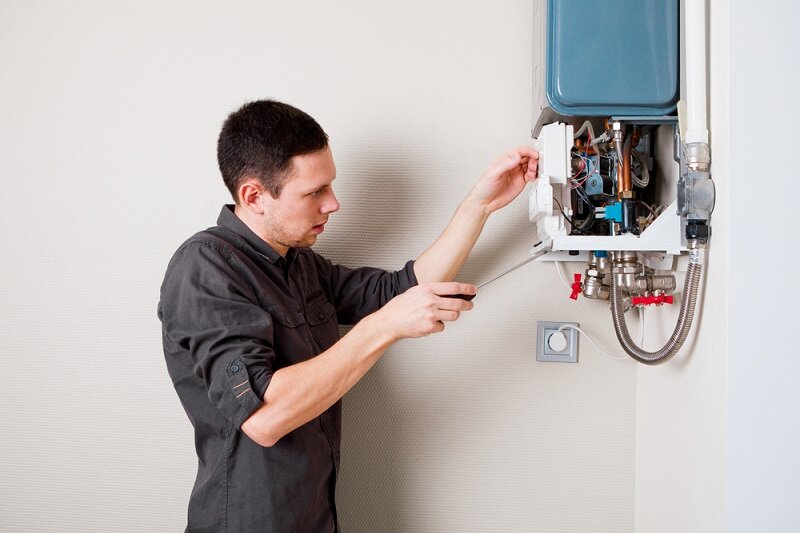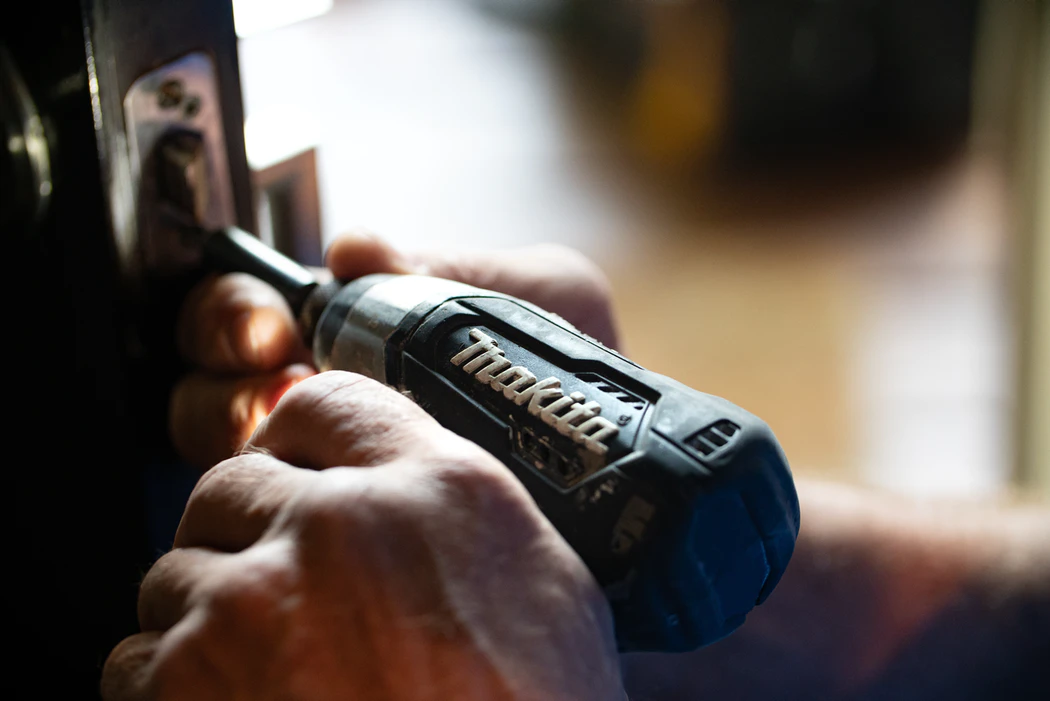Budget-Friendly DIY Greenhouse Ideas: Extend Your Growing Season
RH Business Marketing Solutions
Looking to build a DIY greenhouse without breaking the bank? It's more doable than it seems at first glance. Plenty of folks are looking to introduce some extra, tasty greenery in their backyards, but most of them don't know how to do it properly. To help you get started, we've come up with some essential ideas that you should consider.
Consider the size
Before you start looking at frames and materials, you have to decide on the size of your DIY greenhouse. There are numerous factors to consider before you make a decision. How many plants do you want in the greenhouse? What types would you prefer? Do you have enough extra space in your backyard for something on the larger side?
There are also practical elements that might influence your decision. A larger greenhouse helps stabilize internal temperatures and allows for more breathing room. You can even set up seating inside if there's enough space. Plus, it can let you grow quite a few plants that take up a lot of room. On the other hand, you'd also have to dedicate extra time to maintaining a large number of plants. A bigger greenhouse would take up more of your backyard as well.
Credit: Outlook - Releaf
Use a skylight for ventilation
Every greenhouse needs to have adequate ventilation to help mitigate temperature and humidity changes. However, a complex system of fans might be a little too pricey for a DIY greenhouse. Not only would it use tons of electricity, but it would also cost quite a bit to install properly. In most cases, you won't need fans unless you're running a pretty big greenhouse.
A great budget-friendly way to introduce some ventilation is to install a skylight. It's a pretty straightforward element that can help make summers much more tolerable for your plants. A good rule of thumb is to place skylights on the eastern side of the greenhouse.
What's great about skylights is that adding upgrades and practical features isn't expensive either. You can set up an automatic system that will make it easier to open them. Instead of having to open your skylight by hand, you can connect it to a hydraulic system. Better yet, you can link the hydraulic system with a thermometer, allowing the skylight to open itself whenever the temperature reaches a certain threshold. Not only would this save you a lot of time and effort, but it wouldn't cost too much to implement either.
Introduce proper heating
Summer isn't the most problematic season for DIY greenhouses. When setting up your greenhouse, you have to make sure that the heating system and insulation are good enough to keep your plants alive when temperatures drop in winter. There are numerous different options when it comes to heating, so you won't lack for options.
Gas and electricity home heating systems are the most popular options for most greenhouses, as they're pretty easy to install. While the costs of installation might be low, the bills will still be on the higher side of things. Whichever way you look at it, heating your greenhouse is expensive.
A great way to reduce costs in the long run is to introduce solar heating. Panels tend to be expensive, but they provide you with quite a bit of energy, and they're a one-time investment. As time goes by, you can recuperate the cost of installing them and provide your greenhouse with free and eco-friendly heating.
Use adequate insulation
All the heating in the world won't matter much if your greenhouse doesn't have proper insulation. It's just going to leak out and increase your bills dramatically. Because of this, it's important that you get the greenhouse insulation done properly.
Some of the most popular materials for greenhouse insulation include polystyrene and bubble wrap. While they may be on the cheaper side, they're not even close to the most effective options available. If you want to avoid losing too much heat, it's recommended that you go for polycarbonate. A polycarbonate sheet can transmit 90% of incoming light while also providing effective insulation. Plus, it's a durable material that can withstand pressure and temperature changes with ease. Plus, it's relatively easy to install, so you shouldn't have trouble implementing it in your greenhouse.
Create a stable foundation
Changes in weather don't just affect greenhouse elements above the ground. When pressure and temperature shift, it can affect the foundation of your greenhouse as well as the ground that surrounds it. During summer, heat can cause the ground to sag, while winter can cause groundwater to rise and leak into the greenhouse.
Creating a stable foundation will prevent these issues and keep your greenhouse consistent throughout the seasons. Aluminum is one of the more hassle-free and affordable options for greenhouse foundation. It provides all the protection you need to keep the ground stable, and it can be transported pretty easily. If you ever decide to move, you can take every part of your greenhouse with you, including the foundation.
Conclusion
If you want to keep your greenhouse active and extend the growing season, you need to get busy with your design. A budget-friendly greenhouse requires some proper research and planning. Knowing which plants to add, how to size the greenhouse, and where to put it is crucial if you want to maintain your plants on a budget.
Guest Contributor: Gabriel Hill















